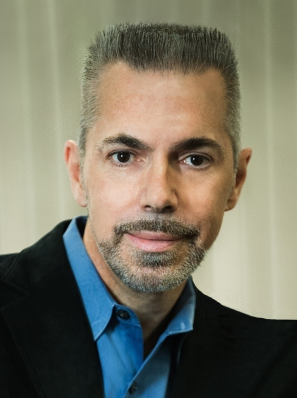Source: New York Times, By Nicholas Wade, Gardiner Harris and Carl Hulse
Biologists have developed a technique for establishing colonies of human embryonic stem cells from an early human embryo without destroying it. This method, if confirmed in other laboratories, would seem to remove the principal objection to the research.
It could also redirect and intensify the emotional political debate over current limits on federal financing for research on human embryonic stem cells, which give rise to the cells and tissues of the body and which scientists and patient advocate groups see as a potential source for treatments for diseases like Alzheimer’s, Parkinson’s and diabetes.
But the new method, reported yesterday by researchers at Advanced Cell Technology on the Web site of the journal Nature, had little immediate effect on longstanding objections of the White House and some Congressional leaders yesterday. It also brought objections from critics who warned of possible risk to the embryo and the in vitro fertilization procedure itself, in which embryos are generated from a couple’s egg and sperm.
Read the full article about Robert Lanza here.













